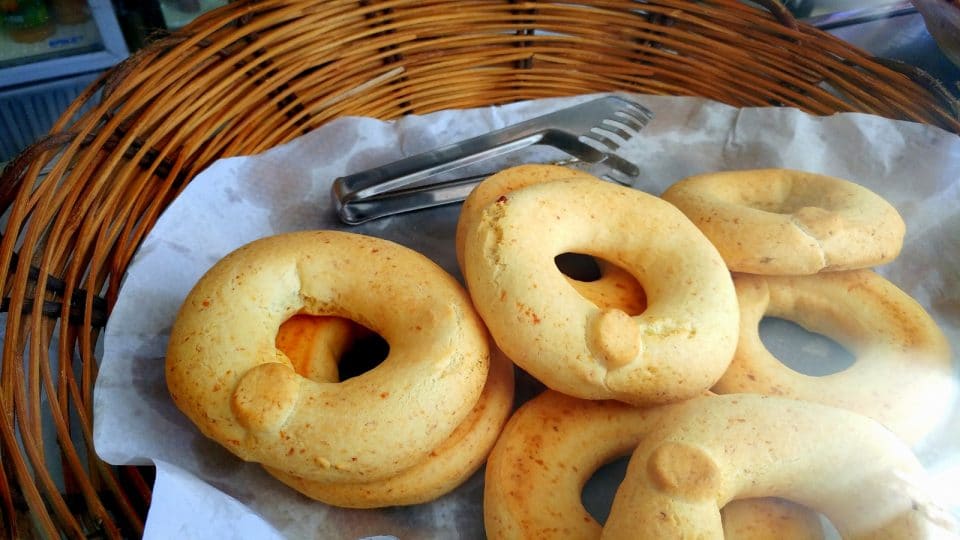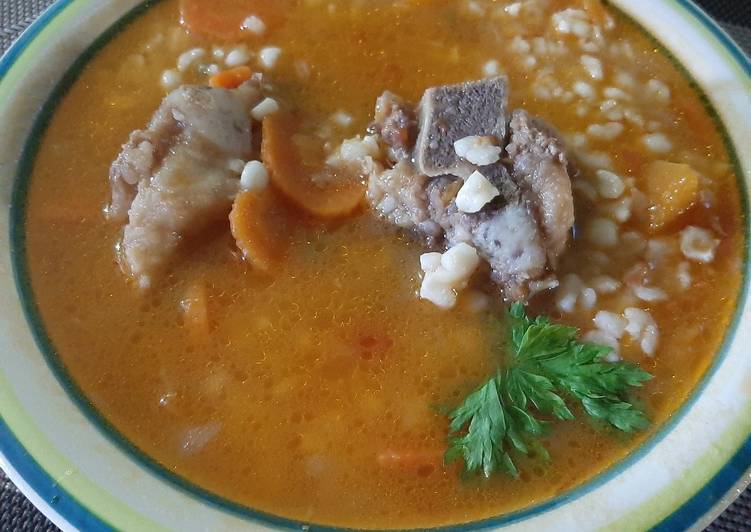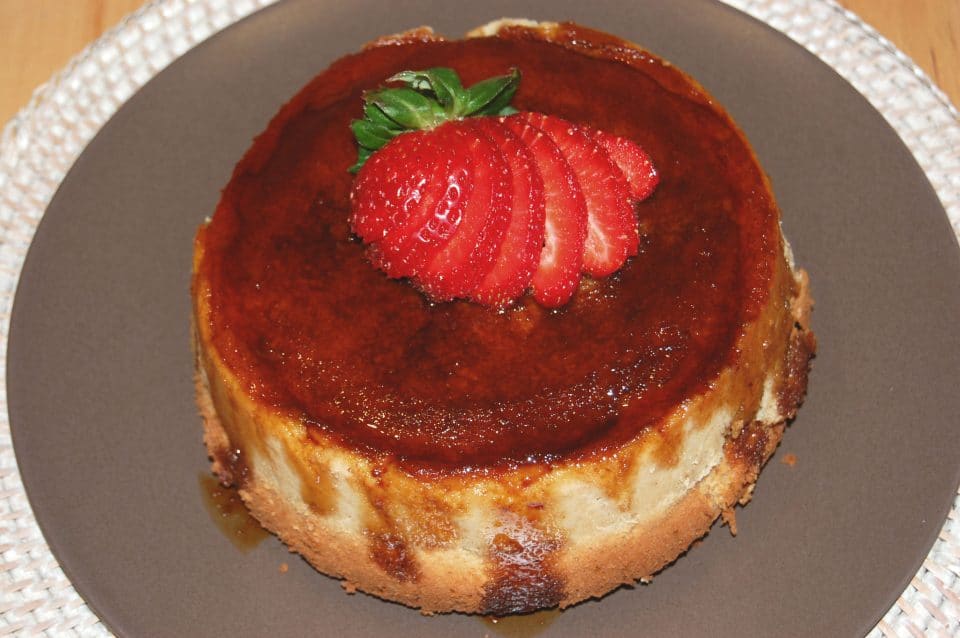Paraguayan Food: Top 25 Paraguayan Dishes to Try Out

Paraguay, a land-locked country nestled in the heart of South America, is not well known for its cuisine! That does not mean that its food isn’t delicious or unique.
Brazil, Argentina, and Peru are South America’s most famous culinary destinations. But what about the lesser known cuisine of Paraguay?
Traditional and still popular, Paraguayan food is based on a few staple ingredients tied to its agricultural heritage. Kesu, or queso Paraguayo, (Paraguayan cheese) has a unique tangy flavor that cannot be replicated. It is the heart of many dishes.
Maiz, mandioca (yuca root) and rice are the go-to starch choices, though pasta is also popular.
In most foods you’ll find hints of a few different spices and vegetables – garlic, cumin, tomato, onion, and green peppers. Dishes are almost always protein rich with generous portions of farm-raised beef, gallina casera (ryguasu, or free-range chicken), pork, eggs, milk, and interesting endemic freshwater fish.
1. Sopa Paraguaya

This is a favorite traditional dish in Paraguay served at any meal and is a must for holidays and special occasions. It’s a unique cornmeal-based bread, with portions of Paraguayan cheese, generous quantities of fresh sliced onions, and at least six fresh eggs.
The secret is in the preparation. The eggs should be beaten generously and added to around a kilo of fresh ground corn flour. Up to a liter of milk is added with a spoon of salt and left to sit.
Meanwhile, onions are sliced thin and sauteed in either butter or pork fat (the latter is traditional and adds a special flavor, though more often butter is used as a “healthier” alternative). While the onions cool, at least a quarter of a kilogram of aged cheese is crumbled into the batter.The dish is traditionally cooked in a tatakua, a Paraguayan clay and brick oven heated by a wood fire. If done right, a spongy, tangy, highly satisfying bread with a crunchy top pops out 40 minutes later!
2. Chipa Guasu

Chipa guasu is Sopa Paraguaya’s cousin. It is more or less a corn souffle. The ingredients are fresh corn, ground in a blender with a good amount of milk, a splash of vegetable oil, and eggs. The blended batter is mixed up with crumbled Paraguayan cheese and chopped scallions or sliced raw onion.
Once cooked, it is like a savory bread, which can accompany any meal or be served as a breakfast, quick dinner, or a snack.
3. Chipa Paraguaya

Chipa is a Paraguayan bagel, though it can be shaped in various forms. It’s traditionally made for Semana Santa, to get through a few days of fasting for Easter. Paraguayans, though, eat it year round and it is a popular food for long trips. Chiperias line the bus routes.
Women servers hop on the crowded buses and serve up baggies of the fresh, warm treat to hungry travelers. It’s made with cornmeal, almidón (mandioca flour), eggs, cheese, pork fat, and anise seed for flavor.
4. Mbeju

Another cheese dish! Mbeju is a classic often made in the cool and dark winter months. Almidón is mixed with cheese (by hand), with a pinch of salt, a splash of milk, and a splash of vegetable oil. A cast iron skillet is heated over charcoal, and the crumbles are fried in oil.
The cook uses a spatula to squish the mixture down and form a circle, which sticks together because of the melted cheese. It is flipped once and served up warm and gooey, usually with cocido paraguayo, a warm tea drink made from burnt yerba mate and sugar.
5. Milanesa

A South American version of the famous Wiener Schnitzel and Milanese Veal, Milanesas are popular for breakfast, lunch or as a snack. They can even be thrown into a hamburger roll and served as a sandwich. Almost anything can be fried into a milanesa, though the most popular are chicken breast milanesas or beef milanesas.
The meat is pounded thin and seasoned with lemon, oregano, garlic, and salt. It sits overnight before being lightly breaded and fried.
6. Marinera

Marinera is very similar to beef milanesa. The difference is that cumin is a key marinade ingredient, and the meat is fried in an egg batter rather than breadcrumbs.
7. Tortilla Paraguaya

Tortillas are yet another fried finger food. They’re made from a simple egg and milk batter, with a little wheat flour beaten in and various other tasty additions. Queso Paraguayo adds a savory touch to cheese tortillas, and scallions and meat are sometimes served as accompaniments.
8. Empanadas

Empanadas are some of the most popular foods in South America. They are a staple food in Argentina, Chile, or Ecuador, though each country has their own twist on the recipe.
The most popular empanadas in Paraguay have a meat filling, perhaps with some hard boiled egg and sauteed onion and green pepper. Cumin is usually added to spice them up.
Chicken, as well as ham and cheese empanadas are also favorites, and there’s a growing list of interesting varieties, including “choclo”, or corn and cheese stuffed goodies.
These filling and economical snacks can be found fried or baked at almost any street vendor during the day.
Related: Oxtail Empanadas with Chimichurri
Related: Mushrooms Empanadas Recipe
9. Pastel Mandi’o

Pastel mandi’o is a typical Paraguayan empanada made from ground mandioca, or yuca root, and stuffed with ground meat. It’s very delicate, and you’ll find it served as a seasonal dish in the wintertime.
10. Carne Asada

There’s no argument – Paraguay’s favorite main dish is grilled meat. It is served either de la parilla (on the grill) or de la estaka (skewered).
The most popular cuts are costilla (beef ribs) or vacio (flank steak). Pork is also popular, especially for big holidays. The ribs are often grilled up as a rack. Sometimes a family will cook an intact lechón, or suckling pig, sliced down the middle. Typical condiments are coarse salt and a bit of Paraguayan lemon juice.
11. Ryguasu – Gallina Casera

Paraguay is still mostly agricultural. Even in the urban areas you can still find chickens running around pecking at grubs and grass.
A traditional and popular dish, especially in flu-season or to help recover from illness, is ryguasu, which is Guaraní for gallina casera (free range chicken).
A fresh hen is butchered, chopped, and stewed in a rich broth of gentle yet satisfying spices: usually fresh oregano, a bit of tomato, garlic, and scallions are the preferred combination. The meal is served with sopa or freshly boiled mandioca.
12. Pira Caldo (Fish Stew)

This hearty fish stew is traditionally made with chunks of surubi (a type of catfish) and a long list of spices and vegetables. An interesting ingredient is, once again, queso paraguayo! A bit of cheese and cream bring together the rich yet subtle flavors.
13. Borí Borí

Borí (vorí) are balls of corn flour, queso paraguayo, and a splash of oil and vegetable broth. They are added to a fresh vegetable or chicken broth or stew, much like dumplings to create a satisfying meal..
14. Tallarín Paraguayo

Tallarín is one of the most popular meals in Paraguay, served daily or for special occasions. Tallarines are long, thick pasta noodles. The secret’s in the sauce. Either meat (usually with bones) or free-range chicken is browned and then simmered in a tomato sauce. Laurel is included for a unique flavor.
15. Ñoquis

Potato or flour-based Ñoquis are not technically traditional as they resemble Italian gnocchi. However, they’re extremely popular in Paraguay, where they’re usually served with a red sauce and cuts of stewed beef.
16. So’o apu’a (Caldo de Albondigas)

These typical meatballs, made from ground beef and spices, are simmered in a tomato and beef broth with onion. This affordable and unpretentious dish is usually served with rice.
17. Puchero Locro

Puchero is made from a beef cut with bones, usually including the marrow. These are simmered in a tomato and beef broth with potatoes and other vegetables.
Usually, locro, or hominy, is added as the carbohydrate staple for this hearty and filling dish. Alternatively, Paraguayan red beans can be used.
18. Manteca Kesu

Manteca (lima beans) are cooked in a vegetable broth that’s especially rich in garlic. A few minutes before serving, queso paraguayo is added for a tangy flavor. Either rice or noodles are usually cooked into the broth.
19. Kumanda Peky Kesu

Paraguayan poroto San Francisco is a small red bean that grows freely in the rich local soil. A typical dish to eat on Mondays after a Sunday asado, the beans are stewed in a vegetable-rich broth that includes a tomato base, garlic, onions, green peppers, squash, and plenty of Paraguayan cheese.
Sometimes the cook adds some small pasta to the broth and lets it cook before finishing off with the cheese. The end product is as nourishing as it is delicious.
20. Kure Enrollado

Kure (pork) meat is sauteed with lemon, garlic, cumin, and parsley, and then rolled into pig skin. The tube is tied together, boiled, and cut into serving sizes.
21. Butifarra

Butifarra has Catalan roots as a homemade chorizo dish. Tripe, or pig intestines, are stuffed with finely-minced seasoned pork meat and boiled into sausages ready to grill or bake.
22. Dulce de Mamón

Papayas, locally known as mamónes, grow like weeds in Paraguay. Locals harvest the green, unripe fruits, cut them into slices, and marinate them in sugar and lemon to conserve them for sweet treats.
23. Torta de Miel Negra

Paraguay is a prolific sugar cane producer. When you refine sugar, you end up with a lot of by-products, otherwise known as miel negra or molasses. A typical dish that takes advantage of this is a quick sweet bread, known as torta de miel negra.
24. Pasta Frola

Another prolific fruit in Paraguay is the guayaba, or the guava. When it’s in season, locals have to move fast to conserve the fruit! A jam is made by boiling it down and removing its seeds.
Pasta frola is a pie with a thick crust, so it’s more like a sweet bread. The crust is coated with guava jam, topped with a lattice crust, and baked for a sweet yet healthy treat.
25. Budín de Pan

Old bread is recycled into a sweet treat in this dish. Eggs are beaten with milk, and a touch of lemon essence/zest or vanilla is added along with a generous scoop of sugar. The bread is then added to soak up the mixture. A bundt pan is prepared with a caramel glaze in the bottom.
The bread and milk mixture (often liquified first in a blender) is then added to a pan, pre-prepared with a caramel glaze at the bottom, and baked in a tatkua (oven).
Have we included all your favorite Paraguayan dishes?
We’d love you to share your additional suggestions in the comments below and help spread the word about Paraguay’s undiscovered culinary treasures!
Related: Most Popular Desserts in Paraguay


